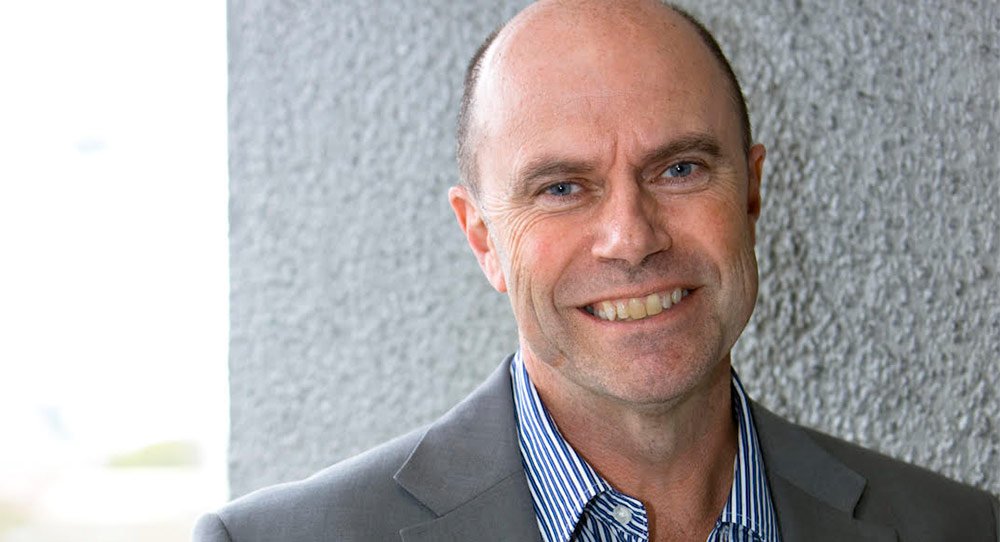Around 6pm one brisk autumn night in the Auckland suburbs Lindsay Mouat’s pal went out for an evening stroll. He noted the surprising number of TV sets flickering behind windows.
There is a feeling from some that viewers are abandoning traditional linear television.
“In the industry, we have to be careful trying to comprehend media consumption habits – that we don’t get caught in bubbles of trends that don’t necessarily reflect reality,” said Mouat, chief executive of the Association of New Zealand Advertisers.
Many of those TV watchers may have been tuned into Netflix, not free-to-air TV with ads. Nielsen ratings show TV audiences are down, but Mouat said, “They have not actually tanked.”
New Zealand is a small ad market – around NZ$2.5 billion last year according to industry figures – and Mouat suggests content is sometimes susceptible to “under-resourcing”.
“I know that among the local community there is debate over the quality of media generally in New Zealand,” he told Mediaweek.
When asked if New Zealand was worse than other countries, Mouat replied: “There is less balance overall – it is anecdotal but some people I talk to believe there has been something of a race to the bottom here,” Mouat said.
He does not mention clickbait – a word loathed by digital publishers – but he says the focus on high-impact stories to boost ad revenue is due to the reliance on ad revenue. That is exacerbated by earlier decisions by NZ to not consider a paywall.
Overall, he says New Zealand is a small “contracting” market where advertisers are taking advantage of competition so they can avoid spending more. “We are not seeing media inflation,” he said. Business and advertising had been strong for most of 2017, but tailed away.
New Zealand media reflected a myriad of partnerships between publishers, trying to create scale in a fragmented market.
“Partnerships raise more issues on the content side than they do for advertisers. But advertisers were looking for content for a quality audience to ensure that there is a broad and sustainable media environment that attracts quality audiences.”
The merger of Fairfax with NZME would have created a monopoly with the combination of nzherald.co.nz and Stuff.co.nz dominating digital markets. ANZA opposed the merger, obviously because it would reduce competition. New Zealand is a small neck of the woods, assailed by Facebook and Google and media agency transparency the same way as other markets.
Mouat sees ANZA members as more sceptical and wary about the numerous media options.
“Broadly, advertisers are starting to take a longer view more strategically about what they are doing and realising that a short-term focus over the past three or four years has not been good for delivering growth,” he said.
